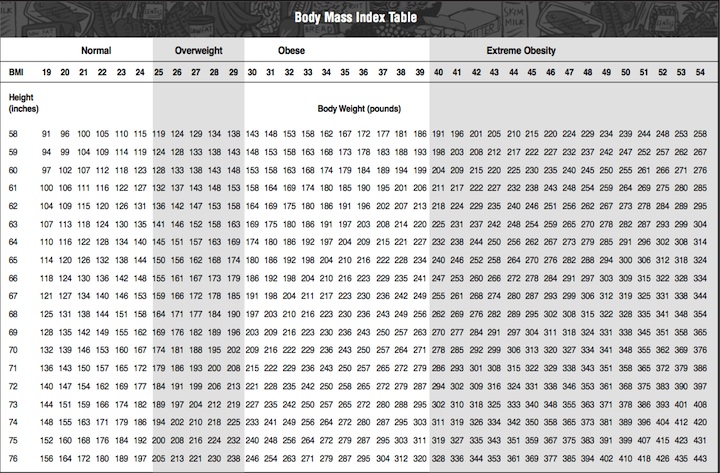Your weight in pounds will be recorded.
AME Instructions for the Exam
Measure and record the applicant's weight in pounds.
BMI CHART AND FORMULA TABLE
| Units | BMI Formula |
|
Pounds and inches |
Formula: weight (lb) / [height (in)]2 x 703 Calculate BMI by dividing weight in pounds (lbs) by height in inches (in) squared and multiplying by a conversion factor of 703. Example: Weight = 180 lbs, Height = 6'0" (72") Calculation: [180 ÷ (72)2] x 703 = 24.41 |
|
Kilograms and meters (or centimeters) |
Formula: weight (kg) / [height (m)]2 With the metric system, the formula for BMI is weight in kilograms divided by height in meters squared. Since height is commonly measured in centimeters, divide height in centimeters by 100 to obtain height in meters. Example: Weight = 68 kg, Height = 165 cm (1.65 m) Calculation: 68 ÷ (t (in)]2 |

If you prefer, you can use an Online BMI Calculator in a new page. (Source CDC).
FAA AME Guide Version 12/03/2025